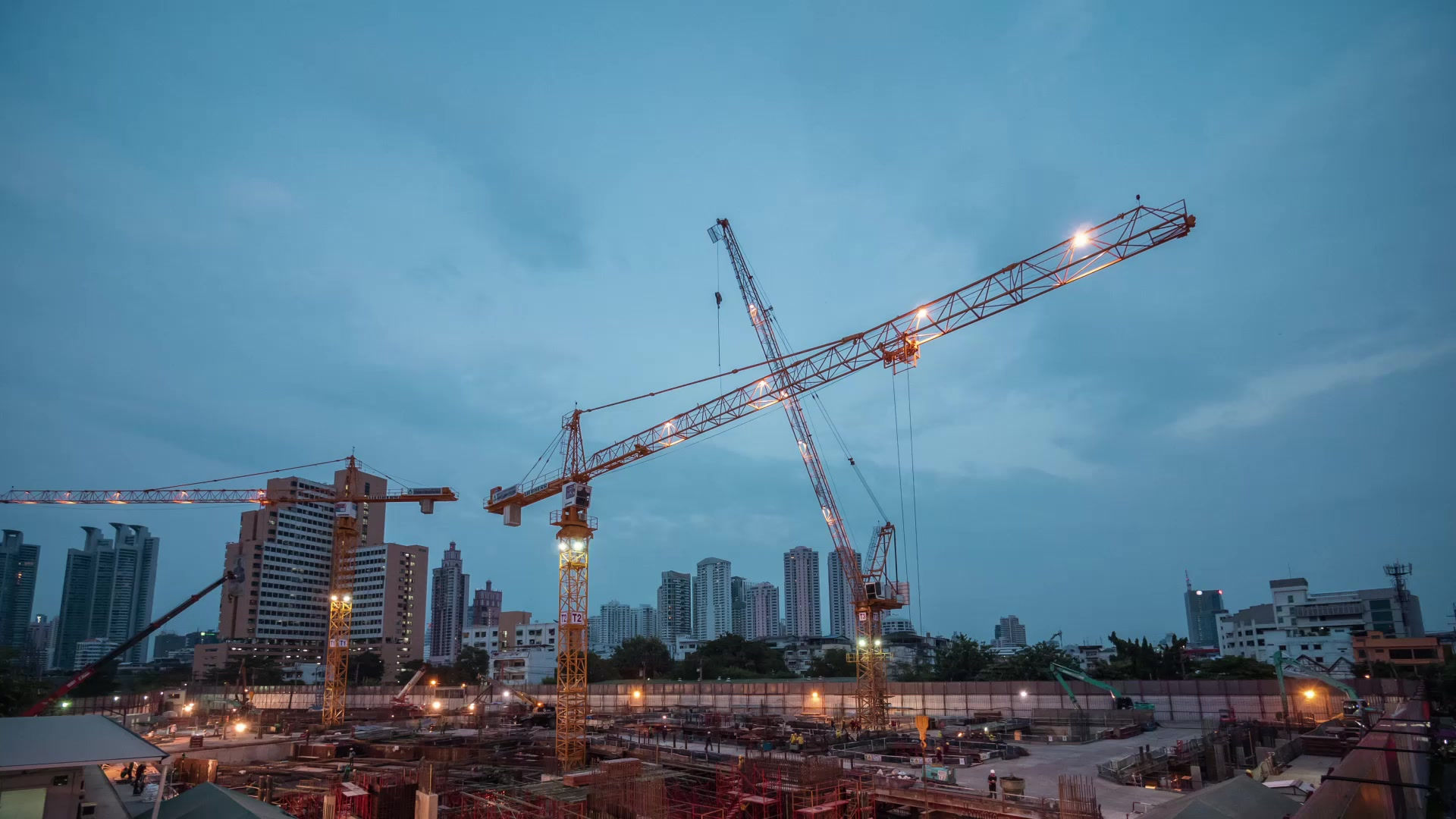
Protection Coordination Studies
What Are Protection Coordination Studies?
Protection coordination ensures that protective devices isolate only the affected portion of a power system during abnormalities, such as short circuits or overloading, to prevent unnecessary outages or equipment damage.
The goal is to minimize system disruption while maintaining reliable operation by setting protective devices to respond promptly and selectively to faults.
Importance of Protection Coordination Studies
Protection coordination studies are essential for:
-
Determining optimal settings for protective devices.
-
Limiting the scope and duration of service interruptions caused by equipment failure, human error, or natural events.
-
Minimizing equipment damage and associated costs during system faults.
-
Analyzing fault clearing times and developing time-current coordination curves for reliable system operation.
How Do We Perform Protection Coordination Studies?
-
Data Collection: Gather data such as the single-line diagram (SLD), protective device specifications, trip settings, short circuit currents, transformer/line ratings, CT/PT details, and system parameters.
-
System Modeling: Build a detailed model using ETAP, PSS®E, or PSCAD/EMTDC software.
-
Case Study Preparation: Develop simulation scenarios aligned with client requirements.
-
Reporting: Compile and deliver a comprehensive technical report to the client.
Applicable Standards for Protection Coordination Studies
-
IEEE Std 399-1997: Recommended Practice for Industrial and Commercial Power Systems Analysis.
-
IEEE Std 242™: Recommended Practice for Protection and Coordination of Industrial and Commercial Power Systems.
-
IEEE Std 3004.11-2019: Recommended Practice for Bus and Switchgear Protection.
-
IEEE Std 3004.3™-2020: Recommended Practice for Low-Voltage Fuse Applications.
-
IEEE Std 3004.8™-2016: Recommended Practice for Motor Protection.
-
IEEE Std 3004.5™-2014: Recommended Practice for Low-Voltage Circuit Breaker Applications.
